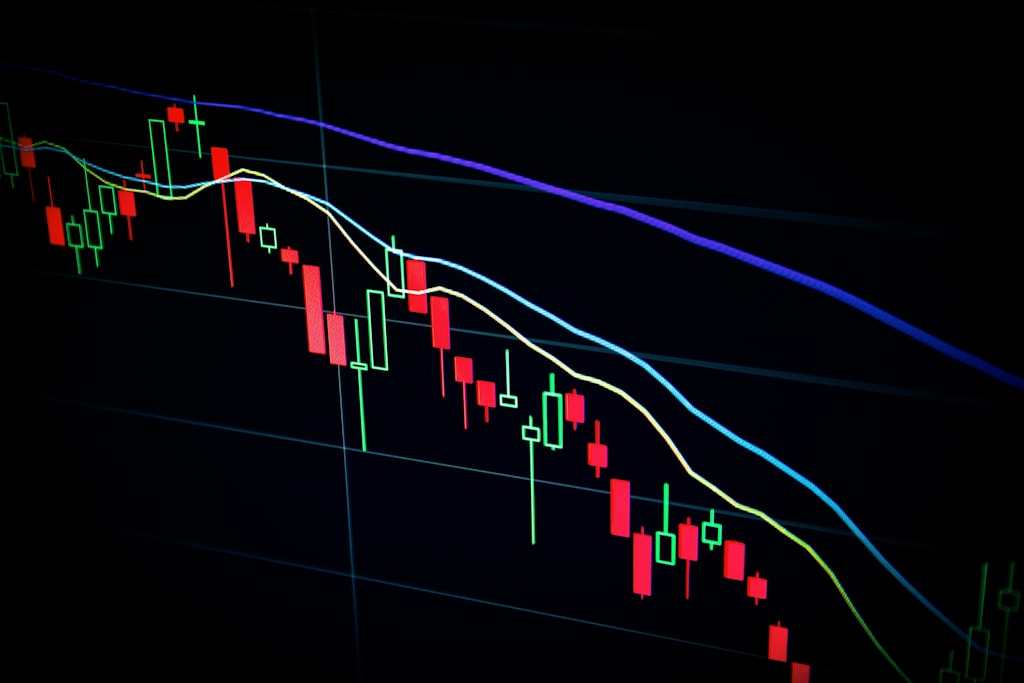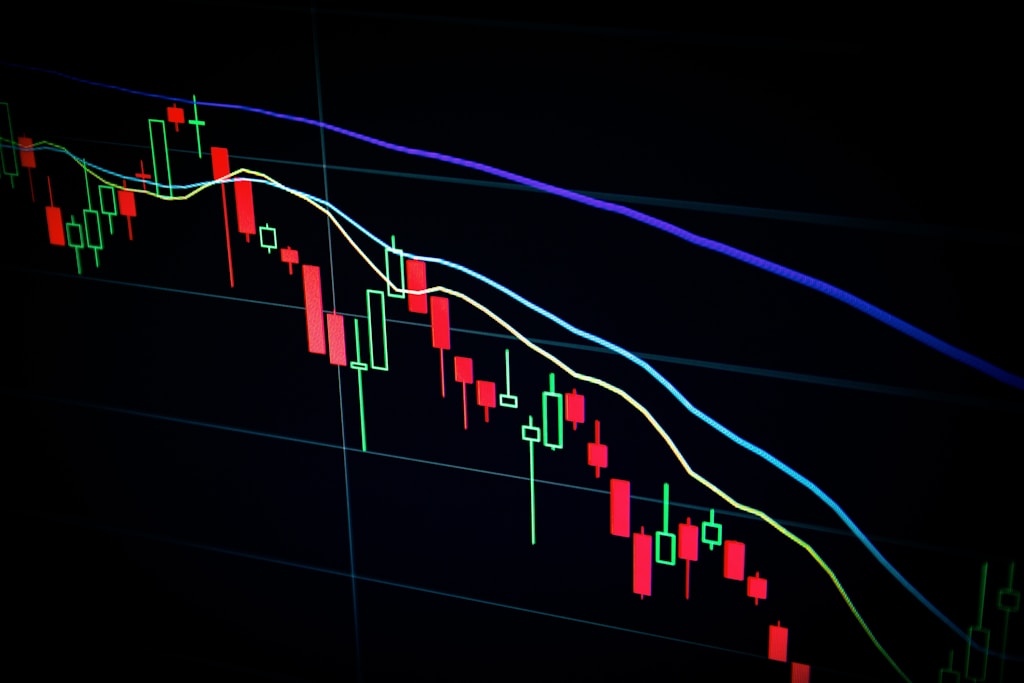The cryptocurrency investment landscape continues to evolve rapidly, with digital asset funds recording their seventh consecutive week of positive inflows. According to CoinShares’ latest weekly report, the sector attracted $286 million in new investments, pushing the total inflows over the past seven weeks to an impressive $10.9 billion.
However, the overall assets under management (AuM) experienced a decline from $187 billion to $177 billion, highlighting the complex dynamics at play in the current market environment. This shift coincides with mounting concerns in the Bitcoin market, where long-term holders have shown signs of repositioning.
Regional Investment Trends Show Global Diversification
The geographical distribution of crypto investments reveals an interesting shift in global market dynamics:
- United States: $199 million in inflows
- Hong Kong: Record-breaking $54.8 million (highest since ETP inception)
- Germany: $42.9 million
- Australia: $21.5 million
- Switzerland: -$32.8 million (net outflows)
Ethereum Dominates While Bitcoin Faces Headwinds
Ethereum emerged as the standout performer, securing $321 million in inflows and marking its sixth consecutive week of positive investment. This performance aligns with recent analysis suggesting significant upside potential for ETH. The cumulative inflow for Ethereum has now reached $1.19 billion, representing its strongest streak since December 2024.
Market Impact and Future Outlook
The recent U.S. tariff policy developments have introduced new market uncertainties, leading to:
- Bitcoin recording $8 million in net outflows
- XRP experiencing $28.2 million in outflows
- Overall market sentiment showing increased volatility
FAQ Section
What’s driving the current crypto fund flows?
Institutional interest, regulatory clarity in certain jurisdictions, and growing confidence in digital assets as an investment vehicle are key drivers.
Why is Ethereum outperforming Bitcoin?
Ethereum’s strong performance can be attributed to growing institutional interest, technological developments, and increased adoption in the DeFi sector.
What does this mean for retail investors?
The sustained institutional inflows suggest growing market maturity and potentially reduced volatility, though careful risk management remains essential.





